Famous Realism Artists – Discover the Top 10 Icons of Realism
Realism was an important art movement that originated in the 1850s in France and expanded to other countries, with the most significant comparable movements emerging in the United States and Russia. Realist painters opposed the then-dominant Romantic movement, which prioritized the exaltation of nature and the past. Instead, these Realism painters chose to depict the people and events of the present with absolute realism and truth. Below, we will learn more about these famous Realism artists and their contributions to the world of art.
Contents
- 1 An Exploration of the Most Famous Realism Artists
- 1.1 Honoré Daumier (1808 – 1879)
- 1.2 Jean-François Millet (1814 – 1875)
- 1.3 Adolph Menzel (1815 – 1905)
- 1.4 Gustave Courbet (1819 – 1877)
- 1.5 Rosa Bonheur (1822 – 1899)
- 1.6 Winslow Homer (1836 – 1910)
- 1.7 Thomas Eakins (1844 – 1916)
- 1.8 Ilya Repin (1844 – 1930)
- 1.9 Edward Hopper (1882 – 1967)
- 1.10 Andrew Wyeth (1917 – 2009)
- 2 Frequently Asked Questions
An Exploration of the Most Famous Realism Artists
The Realist painters strove to portray people from all socioeconomic groups, and they weren’t afraid to delve into the undesirable and seedy parts of life. The famous Realism artists Jean-François Millet and Gustave Courbet pioneered the Realism movement in France. Ilya Repin was perhaps the most visible member of the Russian Realism movement. The American Realism movement peaked in the mid-19th century, with many prominent painters such as Edward Hopper and Andrew Wyeth participating. Let us find out more about these important Realism paintings below.
Honoré Daumier (1808 – 1879)
| Artist Name | Honoré Daumier |
| Nationality | French |
| Date of Birth | 26 February 1808 |
| Date of Death | 10 February 1879 |
| Place of Birth | Marseille, France |
| Notable Works |
|
Honoré Daumier rose to popularity as a 19th-century caricaturist of French life and politics in the years following the end of the French Revolution. His persistent attention to the shortcomings of France in the 19th century makes him one of the few artists who comes close to encapsulating this period of French history.
Honoré Daumier felt a lot of sympathy for the impoverished after being forced to drop out of school when he was just 12 years of age. He felt so strongly for them, yet he himself died in debt and was laid to rest in a pauper’s tomb.

He utilized his lithographic skills to mock French society and its government. In his youth, he was once imprisoned for one of his caricatures of the King of France. His paintings were accepted for exhibition at the Salon on four occasions but garnered little interest while being considered ahead of their time by present-day critics. He was especially drawn to the subject of Don Quixote, and one of his most famous paintings depicts him riding out into the sunset. He was a prolific artist who created around 4,000 prints before turning blind. He was also a skilled sculptor and painter, although his works were mostly unknown until after his death.
Jean-François Millet (1814 – 1875)
| Artist Name | Jean-François Millet |
| Nationality | French |
| Date of Birth | 4 October 1814 |
| Date of Death | 20 January 1875 |
| Place of Birth | Gréville-Hague, La Hague, France |
| Notable Works |
|
Jean-François Millet, the famous French Realism artist, was one of the original members of the Barbizon school. He is most known for his works of art with peasant subjects in the foreground of his paintings. Class distinctions were prevalent in the 1800s, and Millet considered the poor as the finest class, believing that they fulfilled the teachings of the Bible more than the other social strata of the period. Throughout his career, these poor people would become the focal point of his paintings, for which he eventually became most renowned for.
Millet represented farmers slaving in the fields in the exact same way that spiritual figures and mythological animals would have been painted previously, maybe motivated by the violent French Revolution in which the working-class citizens rose up against the monarchy.
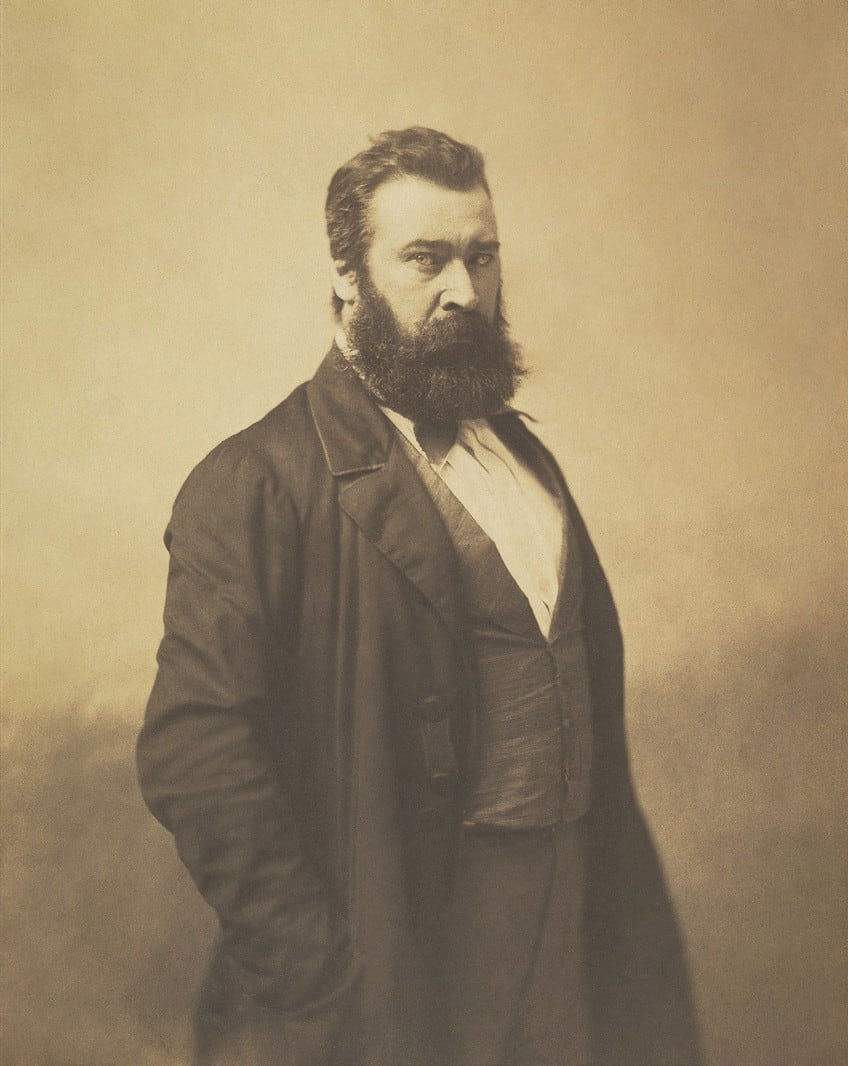
He worked in a realistic manner while retaining an aesthetic element that inspired emotion. The artist only ever dated one of his works of art for unknown reasons. It is regarded as his most important work and is called Farmers Resting (1853). It signified a change from the symbolic images of the farmers he liked to a kind of reflection on their contemporary circumstances in society.
Adolph Menzel (1815 – 1905)
| Artist Name | Adolph Menzel |
| Nationality | German |
| Date of Birth | 8 December 1815 |
| Date of Death | 9 February 1905 |
| Place of Birth | Wrocław, Poland |
| Notable Works |
|
Adolph Menzel was considered to be the most important German painter of the latter half of the 19th century. His first drawing was put on exhibit when he was only 12 years of age. His father operated a lithographic printing company, and by the age of 14, the young artist was already contributing to publications. He began his career as a printmaker and was a brilliant draftsman, only eventually turning to oil painting when he was 30.
His technical skill and ability to capture visual phenomena drew widespread interest, and he foreshadowed some of French Impressionism’s effects by three decades.
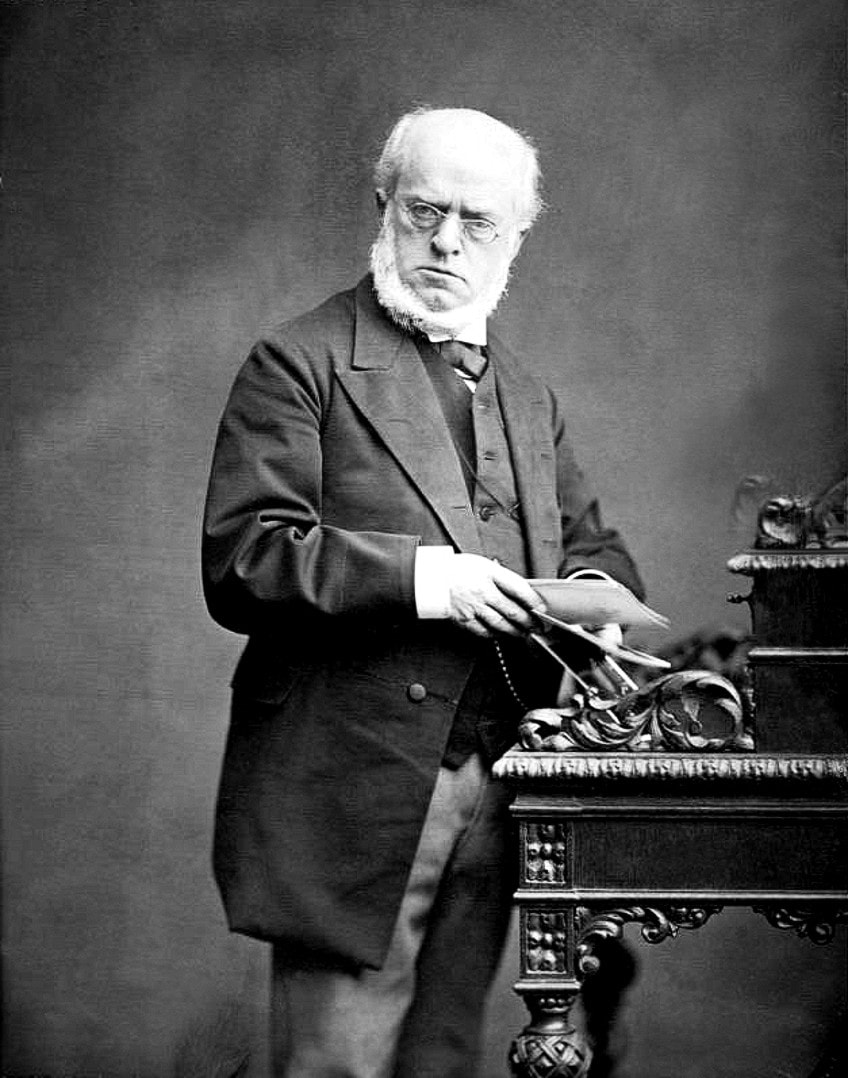
During the artist’s lifetime, he was most known for his depictions of Frederick the Great, the Prussian ruler from the 18th century. Menzel was obsessed with historical authenticity, and every detail, right down to the buttons on a tunic or the grip on a sword, was thoroughly examined. Menzel met renowned artists such as Ernest Meissonier and Edgar Degas during his visit to Paris. He has earned a reputation as the unrivaled visual historian of Berlin life. His works of art not only accurately depict reality, but also possess an unrivaled liveliness.
Gustave Courbet (1819 – 1877)
| Artist Name | Gustave Courbet |
| Nationality | French |
| Date of Birth | 10 June 1819 |
| Date of Death | 31 December 1877 |
| Place of Birth | Ornans, France |
| Notable Works |
|
Courbet was the most prominent representative of Realism in 19th-century French art. His style contrasted with Eugène Delacroix’s Romanticism. He used the palette knife to produce coarsely impastoed surfaces as if to emphasize his contempt for academic practice’s immaculate finish. He was born in Eastern France in a town called Omans and attended Besançon where he received his early training. From 1840, he studied in Paris, particularly the Venetian and Dutch artworks displayed at the Louvre.
In 1844, he displayed his works at the Salon, yet was subsequently disfavored by official critics and the public at large. As in the ambitious art of his workshop, his mature works typically deal with genre topics on the great scale of historical painting.
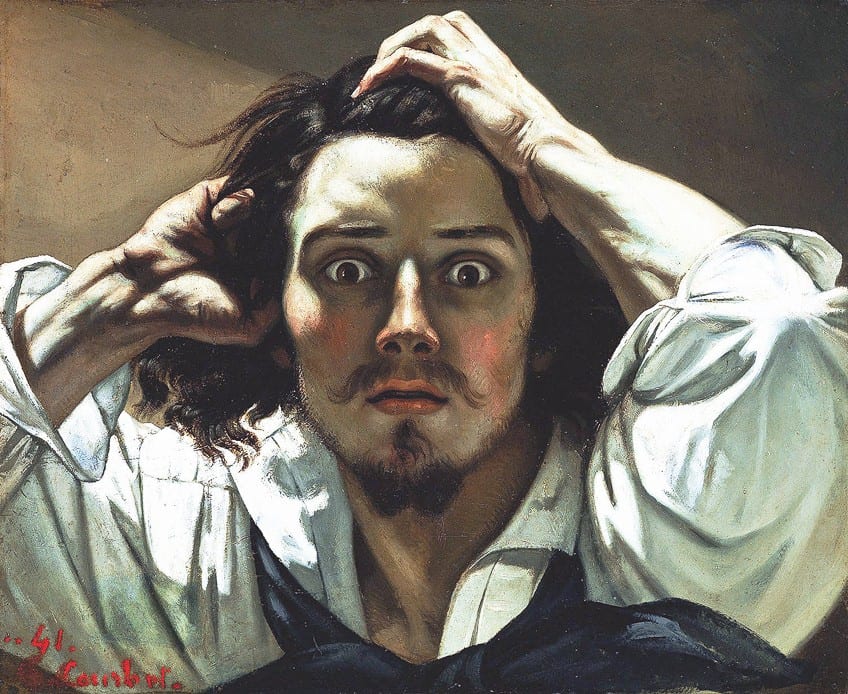
After this work was disregarded by the 1855 Exposition Universelle, he held a solo exhibition and established himself as among the most renowned Realism painters. He traveled around France extensively in the 1850s. He ended up in jail for his important involvement in the Commune in 1871 when he was deemed accountable for the demolition of the column in the Place Vendôme as Director of Museums. Gustave Courbet is currently regarded as one of the most influential painters, having not only headed a notable movement but also greatly impacted a subsequent generation of artists.
Rosa Bonheur (1822 – 1899)
| Artist Name | Rosa Bonheur |
| Nationality | French |
| Date of Birth | 16 March 1822 |
| Date of Death | 25 May 1899 |
| Place of Birth | Bordeaux, France |
| Notable Works |
|
Bonheur was among the very few female painters to earn international acclaim during her lifetime. She meticulously researched her topics, doing several preliminary drawings before adding paint to her canvases. Her principal interest has always been the study of animals, even from a very young age.
She was regarded as unusual in both her intent and her personal behavior; she started to dress like a male in order to create art and be accepted in Paris’ tough all-male culture. She was hardly ever seen in feminine clothing, and as other women stayed restricted in their corsets, she was dressed in male clothes.
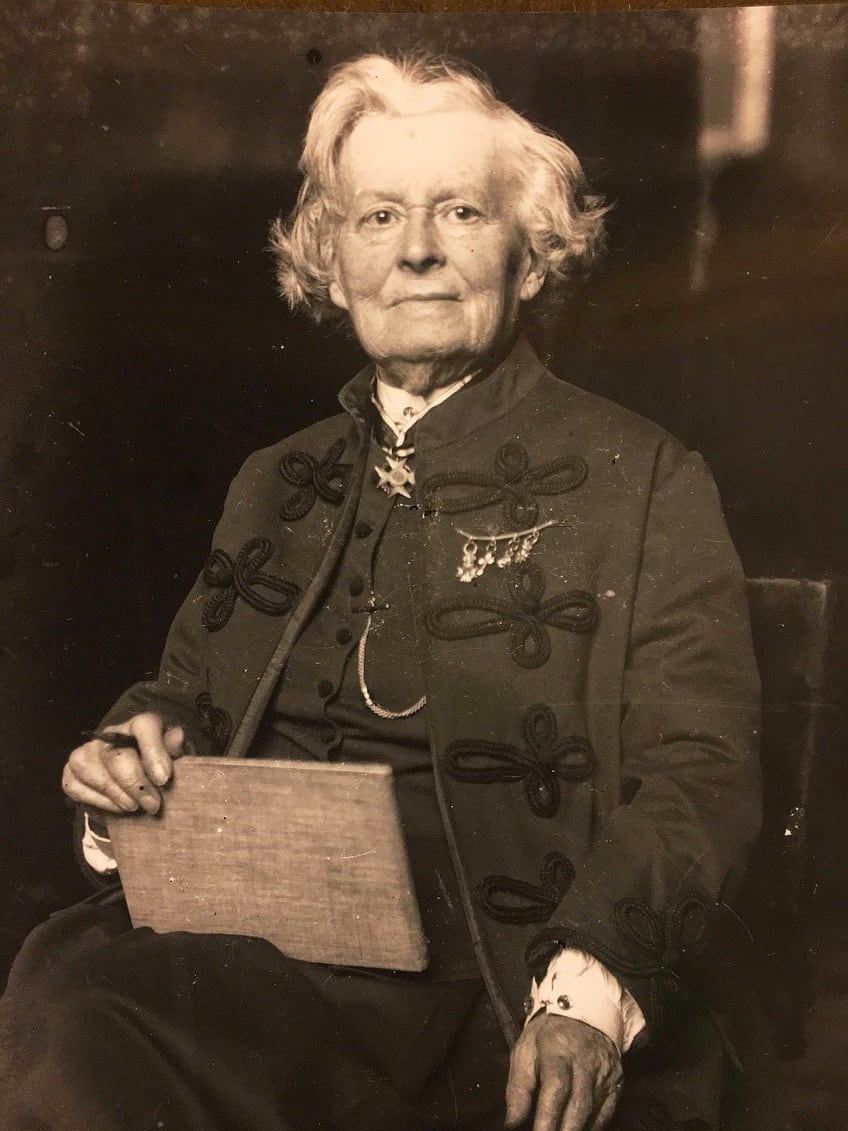
She first exhibited her work at a salon in Paris when she was 19 years old, and she quickly established herself as an artist of merit. Her reputation in France waned near the mid-period of her life, but her art remained highly regarded in the United States and England. She is credited for leading the way for subsequent generations of female painters, and she is often recognized as the most renowned female artist of the 19th century. Bonheur was recognized as the first female to be inducted into the Legion of Honor in 1865.
Winslow Homer (1836 – 1910)
| Artist Name | Winslow Homer |
| Nationality | American |
| Date of Birth | 24 February 1836 |
| Date of Death | 29 September 1910 |
| Place of Birth | Boston, Massachusetts, United States |
| Notable Works |
|
Winslow Homer was a late-19th-century American artist whose paintings, especially those on marine topics, are among the most dramatic and evocative American artworks of that era. His themes, often seeming straightforward on the surface, addressed the issue of human struggles within an uncaring cosmos in their most solemn examples. He started working with watercolor in 1873, enabling him to make quick studies of nature.
He also explored the challenges in that somewhat difficult medium and his subsequent oil works show the energizing impact of his watercolor studies. Although his artistic development was slow, it progressed at a consistent rate.

His oil paintings grew in size over time, his characters became more isolated, and his appreciation of lifelike detail increased. He painted a lot of females mostly as single individuals who were introverted and feminine. Homer started dedicating his summers to painting from nature directly in watercolor in the late 1870s. More attention to atmospheric elements and reflected light added intricacy to the works while also allowing him to reach a greater sense of coherence. Although he had become well-known as a great American artist by the 1890s, and his paintings commanded high prices, his death was only briefly observed, and acknowledgment of his creative success only came after his passing.
Thomas Eakins (1844 – 1916)
| Artist Name | Thomas Eakins |
| Nationality | American |
| Date of Birth | 25 July 1844 |
| Date of Death | 25 June 1916 |
| Place of Birth | Philadelphia, Pennsylvania, United States |
| Notable Works |
|
Thomas Eakins was a realism painter, sculptor, photographer, and instructor in the fine arts and is widely regarded as one of the most influential painters in the history of American art. Eakins painted from life throughout his entire career, from the early 1870s up to the point that his health started to deteriorate around 40 years later, selecting as his subjects the inhabitants of his city of Philadelphia. He painted hundreds of portraits, most of them of family members, friends, or significant persons from the sciences, arts, medicine, and the church. Together, these pictures provide a snapshot of Philadelphia’s intellectual culture in the late 19th and early 20th century; individually, they are representations of intellectual people.
Eakins focused on bringing out the personality of his models and made portraits that are today considered classics.

Eakins also created a series of huge paintings that took portraiture out of the drawing room and into his city’s streets, offices, parks, and arenas. These busy natural settings enabled him to create works on his favorite subject: the naked or barely dressed individual in motion. He was able to recreate the contours of the body in full sunlight and produce pictures using his perspective studies.
Ilya Repin (1844 – 1930)
| Artist Name | Ilya Repin |
| Nationality | Russian |
| Date of Birth | 5 August 1844 |
| Date of Death | 29 September 1930 |
| Place of Birth | Chuhuiv, Ukraine |
| Notable Works |
|
Ilya Repin is often regarded as the greatest Russian realism artist of the 19th century, a master of genre and history painting, a superb portraitist, and a man of profound psychological depth. He had a unique capacity to elevate the mundane into the epic, as well as to see the universal, historical, and philosophical in every situation. Another of this Russian painter’s talents was his capacity to represent his heroes with a high degree of individuality.
Repin’s works are among the best examples of the Realism style, but he also had a rich artistic imagination, which allowed him to create magnificent cross-sections of historical eras.
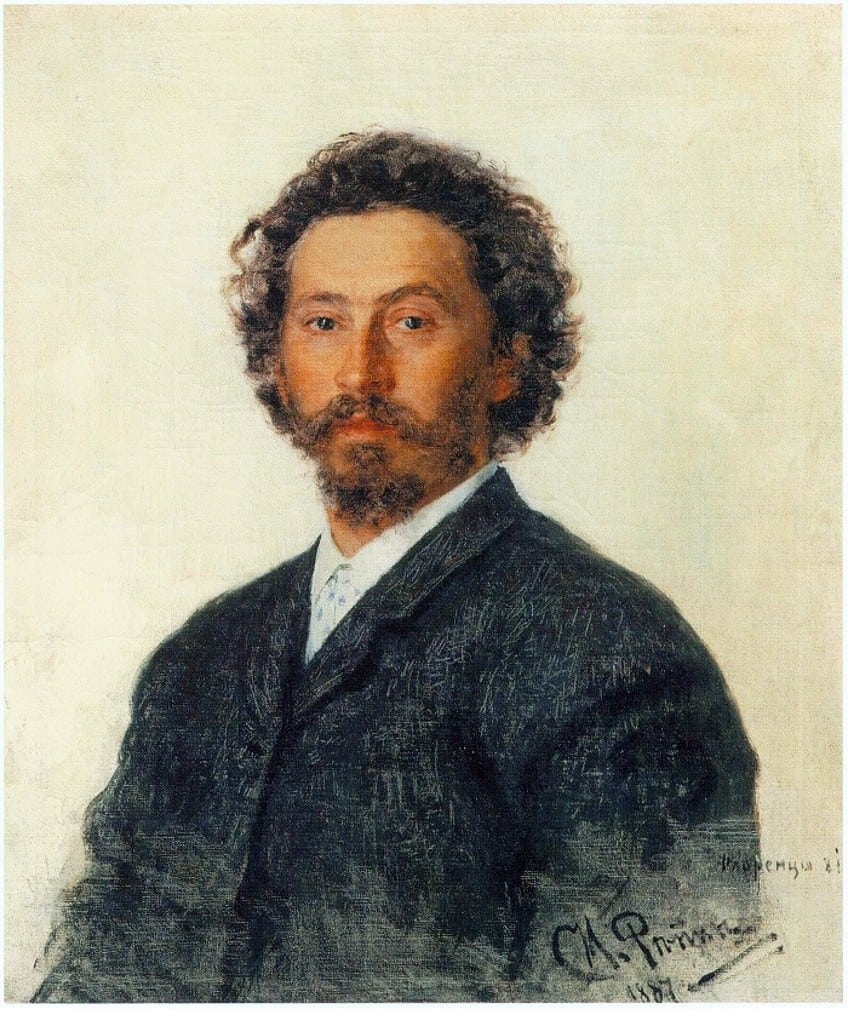
Repin committed a significant amount of his efforts to the representation of the people. He left behind around 500 pieces of art for posterity in total. Their works are classified as Social Realism, a genre that focuses on the everyday lives of the working class and the impoverished while also criticizing the socioeconomic systems that contribute to these situations. He was always looking for new approaches and materials to add depth to his paintings. He was most known for representing peasant life in his paintings more effectively than any other painter in history.
Edward Hopper (1882 – 1967)
| Artist Name | Edward Hopper |
| Nationality | American |
| Date of Birth | 22 July 1882 |
| Date of Death | 15 May 1967 |
| Place of Birth | Nyack, New York, United States |
| Notable Works |
|
Hopper began his career as an illustrator. He visited Europe three times between 1906 and 1910, but he was unaffected by the experimental art that was thriving in France at the time, and he proceeded to pursue his own creative path throughout his career. By the mid-1920s, Hopper’s mature style had already emerged and his later growth demonstrated a continuous refining of his vision. His late paintings are characterized by extraordinarily subtle spatial connections and an even better mastery of light than his work from the 1920s.
Edward Hopper’s art is distinguished by a lack of movement, as well as the employment of dramatic techniques to depict the psychological states of his characters.
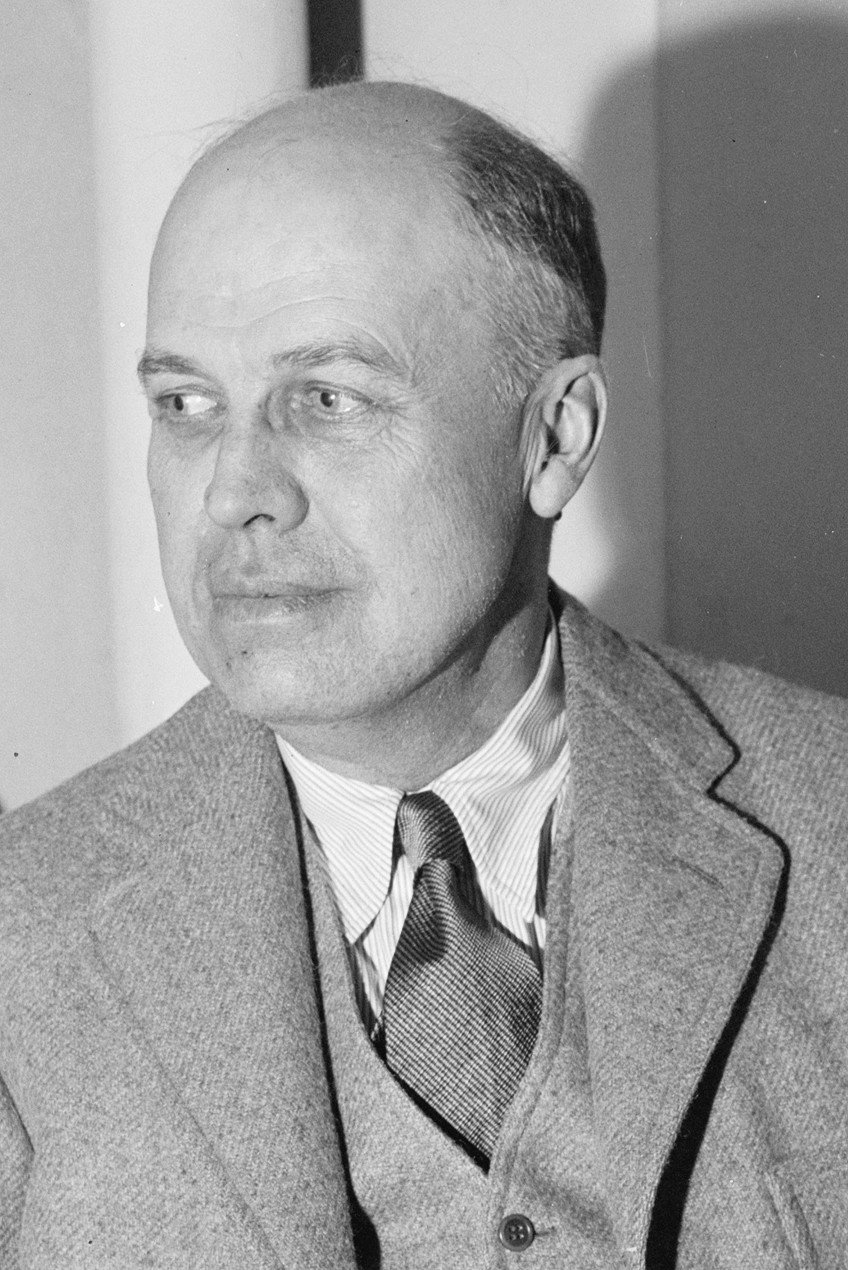
His people, who often appear solitary and separated from their surroundings, focused on the loneliness of modern existence. Furthermore, he required his audience to participate actively in completing the story of his paintings. This had a big impact on the art world since it led to art trends in which viewers played a vital role in interpreting the artwork. Regarded as the most famous of the American Realism painters, is claimed to have portrayed a more thorough depiction of 20th-century Americana than anyone else.
Andrew Wyeth (1917 – 2009)
| Artist Name | Andrew Wyeth |
| Nationality | American |
| Date of Birth | 12 July 1917 |
| Date of Death | 16 January 2009 |
| Place of Birth | Chadds Ford Township, Pennsylvania, United States |
| Notable Works |
|
Wyeth’s paintings are nearly exclusively based on two locations: the landscape around his summer house in Maine and the Brandywine Valley in Pennsylvania. His artwork has a powerful linear style, and he achieves a subtly broad variety of hues within his limited color palette, which mainly consists of earth-colored tones. His works of art are very detailed and true to life, yet he elevates them above naturalism by infusing them with emotion.
Scholars have often characterized his work as emotional and diametrically opposed to the abstract direction of art in the 20th century. Yet, despite these criticisms, his work has always remained popular.

He was the first living artist from America to be admitted to the Royal Academy of Britain in 1980 and was also the very first to be given the Congressional Gold Medal. His realistic depictions of American rural life became cultural icons, challenging the basic principles of modern art in the country. Christina’s World (1948), the artist’s most well-known work, demonstrates his use of strange angles and command of light. Some argue that Wyeth’s art contradicted modernist principles by evoking middle-class values, but this shifted discussions about his work away from painting and into socioeconomic class.
That completes our look at the most famous Realism painters. This movement was seen as the antidote to the idealistic style of the Romanticism movement, which was based on emotions. This new movement would focus instead on what was real and substantial. It was a movement that focused on the real and often tragic parts of life, such as the plight of the peasants who toiled away every day in the fields. For the first time, it would be the working class that received the attention of the largely indifferent society. Gustave Courbet adopted the term to define an art style that emerged after the Revolution.
Take a look at our realism artists webstory here!
Frequently Asked Questions
What Do Realist Painters Portray?
Realism painters aimed to depict average modern people and circumstances with honesty and realism, without neglecting unpleasant or scandalous parts of life. It was seen as a reaction to the previous movement, known as Romanticism. This previous movement focused on emotion and exotic subject matter. Realism artists were the first to put the spotlight on the peasant workers and their daily lives of hard labor. Their main purpose was to change the emphasis from the idealized to a depiction of life as it really was, with all its dark aspects included. Many of the upper classes felt that it was a subject matter not worthy of their critique or attention. Not all of the artists portrayed peasants, though. Edward Hopper focused on the alienation of urban life, and Rosa Bonheur focused on the portrayal of animals.
Who Are Some of the Most Famous Realism Artists?
Realism artists sought to depict life as it really was, especially for the working classes who had hitherto been ignored by the public, particularly the elite and the world of art. Among the most renowned of these artists were Honoré Daumier, Jean-Francois Millet, Adolph Menzel, Rosa Bonheur, Winslow Homer, Thomas Eakins, Ilya Repin, Edward Hopper, Andrew Wyeth, and Gustave Courbet. Their accurate depiction of reality was seen as a front to the softer and more emotional style of the previous movement, Romanticism. One of the most important figures of the movement is the aforementioned famous Realism artist Gustave Courbet. The only female of the group, and among the most renowned women artists, was the incredibly talented Rosa Bonheur.
Jordan Anthony is a Cape Town-based film photographer, curator, and arts writer. She holds a Bachelor of Art in Fine Arts from the University of the Witwatersrand, Johannesburg, where she explored themes like healing, identity, dreams, and intuitive creation in her Contemporary art practice. Jordan has collaborated with various local art institutions, including the KZNSA Gallery in Durban, the Turbine Art Fair, and the Wits Art Museum. Her photography focuses on abstract color manipulations, portraiture, candid shots, and urban landscapes. She’s intrigued by philosophy, memory, and esotericism, drawing inspiration from Surrealism, Fluxus, and ancient civilizations, as well as childhood influences and found objects. Jordan is working for artfilemagazine since 2022 and writes blog posts about art history and photography.
Learn more about Jordan Anthony and about us.
Cite this Article
Jordan, Anthony, “Famous Realism Artists – Discover the Top 10 Icons of Realism.” artfilemagazine – Your Online Art Source. November 17, 2023. URL: https://artfilemagazine.com/famous-realism-artists/
Anthony, J. (2023, 17 November). Famous Realism Artists – Discover the Top 10 Icons of Realism. artfilemagazine – Your Online Art Source. https://artfilemagazine.com/famous-realism-artists/
Anthony, Jordan. “Famous Realism Artists – Discover the Top 10 Icons of Realism.” artfilemagazine – Your Online Art Source, November 17, 2023. https://artfilemagazine.com/famous-realism-artists/.



